12
2023
-
10
Summary of Common Metal Forming Process
Author:
Summary of common metal forming process diagrams

planing machining It is a cutting method for horizontal relative linear reciprocating motion of the workpiece with a planer, which is mainly used for the shape processing of parts. The precision of planing processing is IT9 ~ IT7, and the surface roughness Ra is 6.3~1.6um.
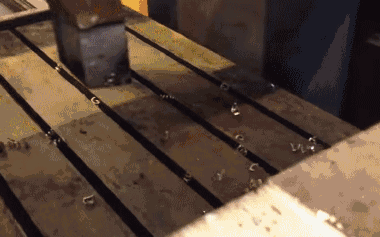
grinding machiningGrinding refers to the use of abrasive, abrasive cutting workpiece on the excess material processing method. Grinding is one of the most widely used cutting methods.
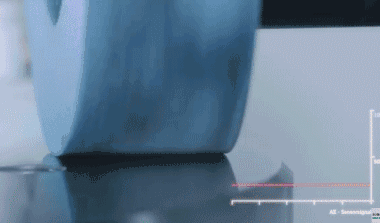
selective laser melting In a tank covered with metal powder, a computer controls a high-power carbon dioxide laser to selectively scan the surface of the metal powder. Where the laser goes, the metal powder on the surface layer is completely melted and combined, while the powder state remains where it is not illuminated. The whole process needs to be carried out in a sealed chamber filled with inert gas.

selective laser sintering The SLS method uses infrared laser as energy source, and the molding materials used are mostly powder materials. During processing, the powder is first preheated to a temperature slightly lower than its melting point, and then the powder is leveled under the action of a leveling roller; the laser beam is selectively sintered according to the layered cross-section information under computer control, and then the next layer is sintered after one layer is completed. After all sintering, the excess powder is removed, and a sintered part can be obtained. At present, the mature process materials are wax powder and plastic powder, and the process of sintering with metal powder or ceramic powder is still under study.
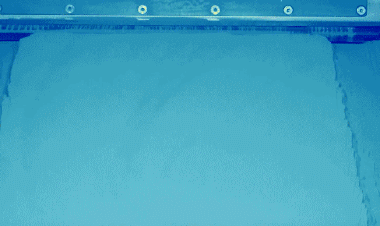
Metal Deposition It is somewhat similar to the "milking cream" type of melt deposition, but the spray is a metal powder. While the nozzle sprays metal powder materials, it also provides high-power laser and inert gas protection. This will not be limited by the size of the metal powder box, can directly produce a larger volume of parts, but also very suitable for the local damage of precision parts to repair.

roll forming The roll forming method uses a set of continuous stands to roll the stainless steel into a complex shape. The sequence of the rolls is designed such that the roll profile of each stand continuously deforms the metal until the desired final shape is obtained. If the shape of the part is complex, up to thirty-six racks can be used, but the shape of the simple part, 3. four racks.
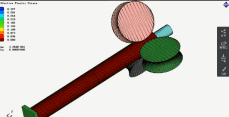
die forging Refers to the forging method of using a mold to form a blank on a special die forging equipment to obtain a forging. The forgings produced by this method have precise dimensions, small machining allowance, complex structure and high productivity.

Die cutting That is, the blanking process, the film formed by the pre-process is positioned on the male die of the punching die, the die is closed to remove excess material, and the 3D shape of the product is retained to match the mold cavity.
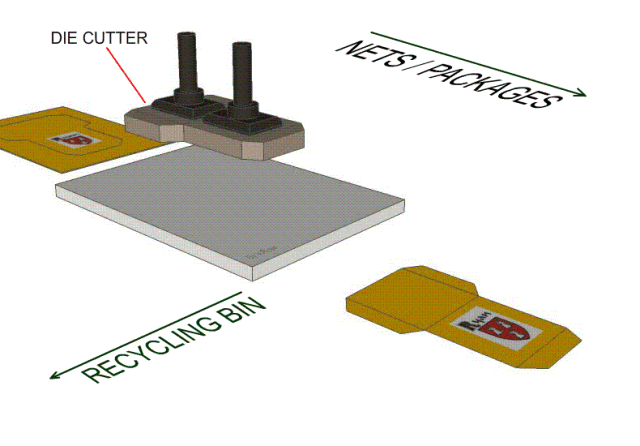
Die-cutting process-die The cutting process of the knife mold positions the film panel or circuit on the bottom plate, fixes the knife mold on the machine template, and uses the force provided by the machine to control the blade to cut the material. What distinguishes him from the punching die is that the incision is smoother. At the same time, through the adjustment of cutting pressure and depth, indentation, half-break and other effects can be punched out. At the same time, the low cost of the mold is more convenient, safe and fast.
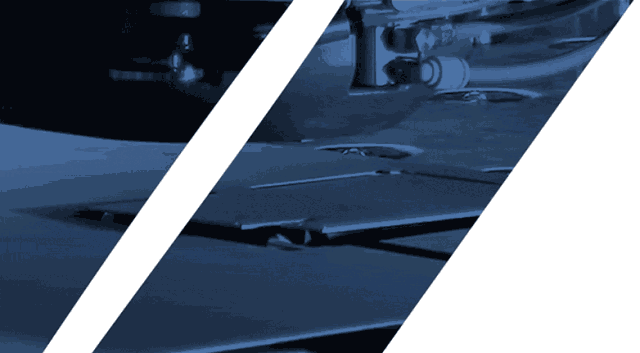
centrifugal casting It is a technology and method that injects liquid metal into a high-speed rotating mold, so that the liquid metal is filled with the mold and forms a casting under the action of centrifugal force. Centrifugal casting mold used, according to the casting shape, size and production batch, can choose non-metallic type (such as sand mold, shell mold or shell mold), metal mold or metal mold coated with coating layer or resin sand layer.
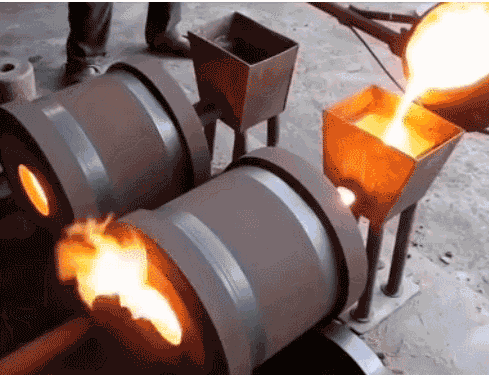
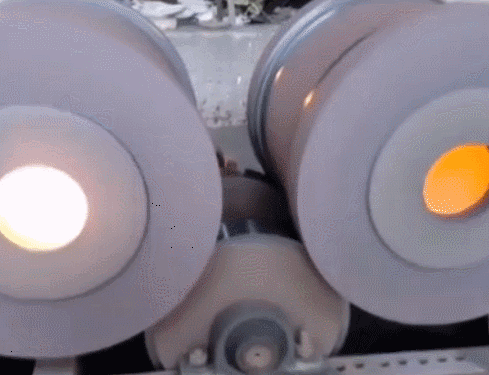
lost foam casting It is a new casting method in which paraffin or foam models similar to the size and shape of castings are bonded and combined into model clusters, brushed with refractory coating and dried, buried in dry quartz sand for vibration modeling, poured under negative pressure, gasified the model, liquid metal occupies the position of the model, and solidified and cooled to form castings. Lost foam casting is a new process with near no margin and precise molding. The process does not require mold taking, no parting surface, and no sand core, so the casting has no flash, burr and draft angle, and reduces the size error caused by core combination.
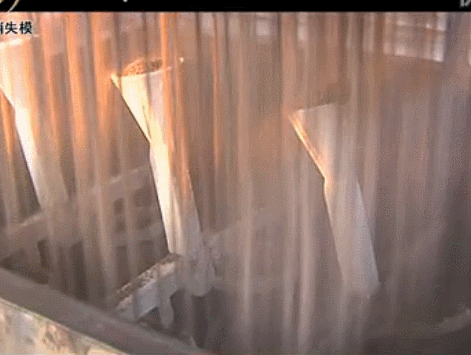
Squeeze Casting Also known as liquid die forging, molten metal or semi-solid alloy is directly injected into an open mold, then the mold is closed to generate a filling flow to reach the external shape of the part, and then high pressure is applied to make the solidified metal (shell) produce plastic deformation, the unsolidified metal is subjected to isostatic pressing, and high pressure solidification occurs at the same time, and finally the part or blank is obtained. The above is direct squeeze casting; there is also indirect squeeze casting refers to the molten metal or semi-solid alloy through the punch into the closed mold cavity, and applied to high pressure, so that under pressure crystallization solidification molding, and finally obtain the workpiece or blank method.
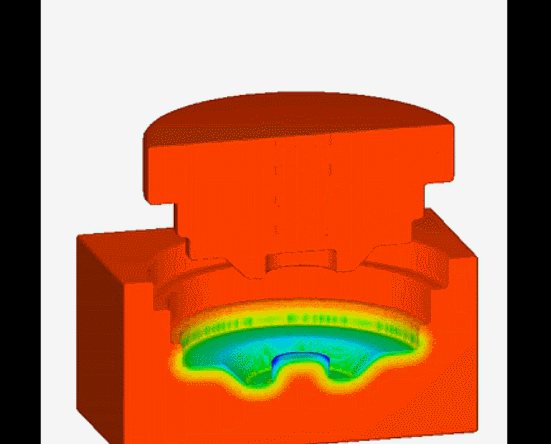
continuous casting It is a casting method in which a liquid metal is continuously poured into one end by using a through mold, and a molding material is continuously pulled out from the other end.
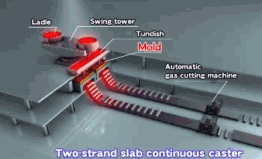
Pull It is a plastic processing method that uses external force to act on the front end of the metal to pull the metal blank from the die hole smaller than the blank section to obtain the corresponding shape and size of the product. Since drawing is mostly carried out in a cold state, it is also called cold drawing or cold drawing.
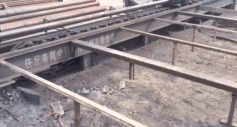
Stamping It is a forming method that applies external force to plates, strips, pipes and profiles by presses and molds to produce plastic deformation or separation, so as to obtain workpieces (stamping parts) of the required shape and size.
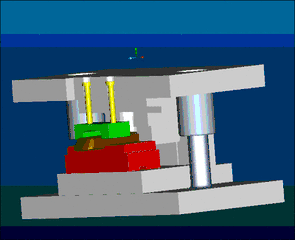
metal injection molding (Metal Injection Molding, referred to as MIM) is a new type of powder metallurgy near net forming technology extended from the plastic injection molding industry. As we all know, plastic injection molding technology can produce products of various complex shapes at low prices, but the strength of plastic products is not high. In order to improve its performance, metal or ceramic powder can be added to plastic to obtain products with high strength and good wear resistance. In recent years, the idea has evolved to maximize the content of solid particles and to completely remove the binder and densise the shaped compact during subsequent sintering. This new powder metallurgy forming method is called metal injection molding.
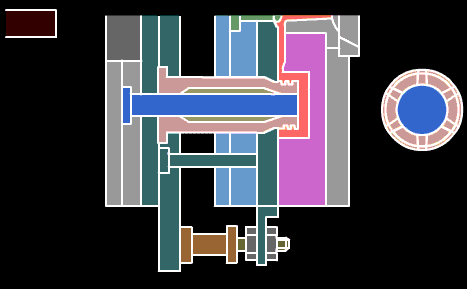
turning machining Refers to the lathe processing is a part of mechanical processing. Lathe processing mainly uses the turning tool to turn the rotating workpiece. Lathe is mainly used for processing shafts, discs, sets and other workpieces with rotary surfaces. It is the most widely used type of machine tool processing in machinery manufacturing and repair factories. Turning is a method of cutting a workpiece by rotating the workpiece with respect to a tool on a lathe. The cutting energy of turning is mainly provided by the workpiece rather than the tool.
Turning is the most basic, the most common cutting method, occupies a very important position in the production.Turning is suitable for machining rotary surface, most of the workpiece with rotary surface can be processed by turning method, such as inner and outer cylindrical surface, inner and outer conical surface, end face, groove, thread and rotary forming surface, etc. The tool used is mainly turning tool.
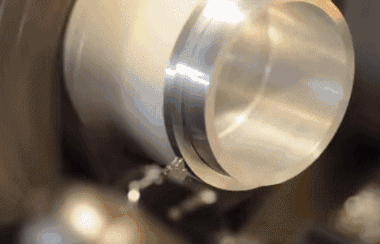
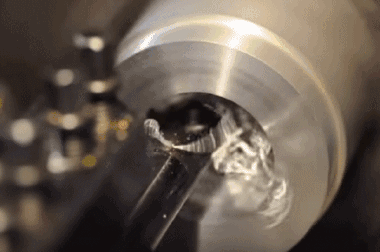
Milling Milling is to fix the blank and use a high-speed rotating milling cutter to cut out the required shapes and features. Traditional milling is more used to mill simple shapes/features such as contours and slots. CNC milling machine can be complex shapes and features of the processing. The milling and boring processing center can perform three-axis or multi-axis milling and boring processing, which is used for processing, molds, inspection tools, tires, thin-walled complex surfaces, artificial prostheses, blades, etc. When choosing the content of CNC milling, we should give full play to the advantages and key role of CNC milling machine.
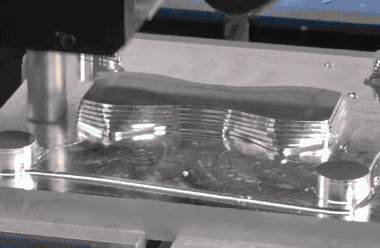

Die Casting(Note that die casting is not the abbreviation of pressure casting) is a metal casting process, which is characterized by the use of a mold cavity to apply high pressure to the melted metal. The mold is usually made of a stronger alloy, a process somewhat similar to injection molding.
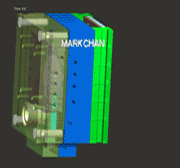
sand mould casting is to make molds out of sand. Sand mold casting needs to put the finished part model or wooden model (pattern) into the sand, then fill the sand at the weekend of the pattern, and take out the pattern after the sand forms the mold.
In order to remove the mold before casting the metal, the mold should be made into two or more parts; in the mold making process, it is necessary to leave holes and vents for casting the metal into the mold to synthesize the gating system. The mold is maintained for an appropriate time after pouring the metal liquid until the metal solidifies. After the parts were taken out, the mold was destroyed, so a new mold had to be made for each casting.

investment casting Also known as lost wax casting, including pressure wax, repair wax, tree, paste, wax melting, casting metal liquid and post-processing and other processes. Lost wax casting is to use wax to make wax molds for parts to be cast, and then the wax molds are coated with mud, which is the mud mold. After the clay mold is dried, it is baked into a pottery mold. Once roasted, all the wax molds melted and lost, leaving only the pottery molds. Generally, the pouring port is left when the mud mold is made, and then the molten metal is poured into the pouring port. After cooling, the required parts are made.
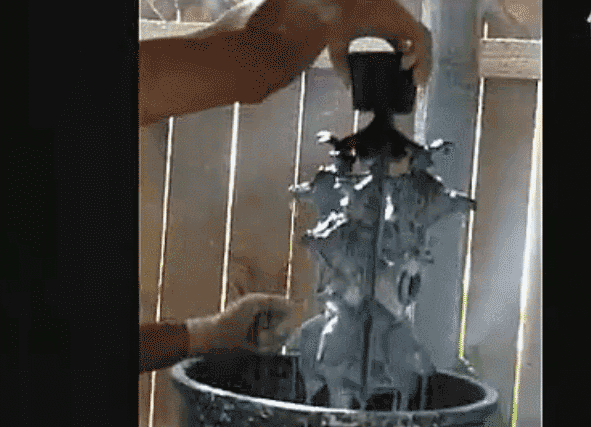
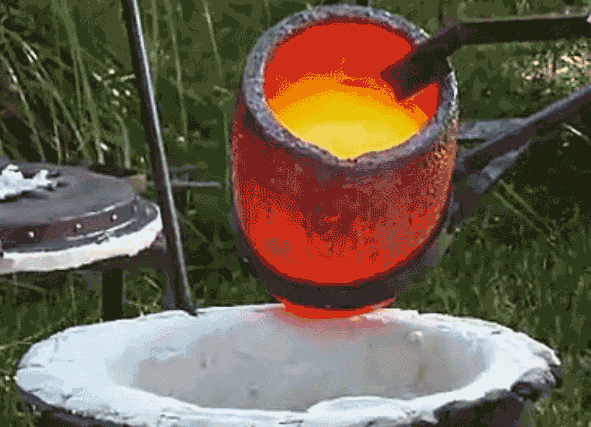
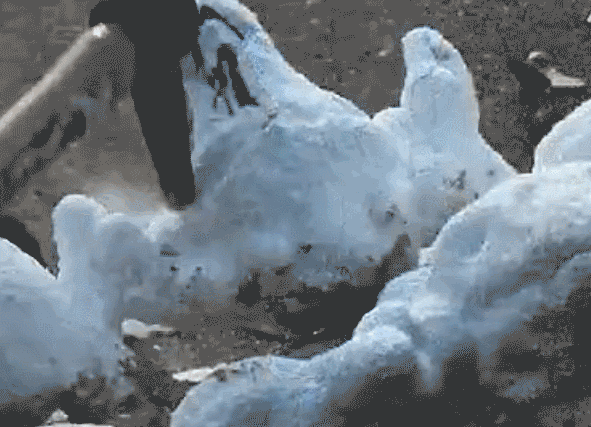
die forging It is a forging method that uses a mold to form a blank on a special die forging equipment to obtain a forging. According to different equipment, die forging is divided into hammer die forging, crank press die forging, flat forging machine die forging, friction press die forging, etc. Roll forging is a plastic forming process in which a material is plastically deformed under the action of a pair of counter-rotating dies to obtain the required forgings or forging blanks. It is a special form of forming rolling (longitudinal rolling).
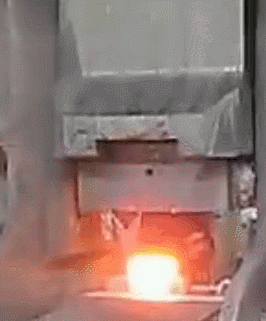
Forging It is a processing method that uses forging machinery to apply pressure to metal blanks to produce plastic deformation to obtain forgings with certain mechanical properties, certain shapes and sizes. It is one of the two major components of forging (forging and stamping).
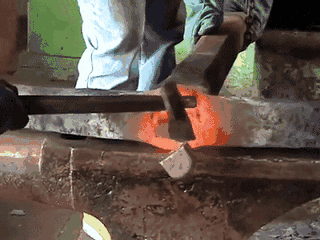
Forging can eliminate the defects such as loose casting in the smelting process and optimize the microstructure. At the same time, due to the preservation of the complete metal flow line, the mechanical properties of forgings are generally better than castings of the same material. Related machinery in high load, severe working conditions of important parts, in addition to the shape of a relatively simple available rolling plates, profiles or weldments, the use of forgings.
rolling Also known as calendering, refers to the process of shaping a metal ingot through a pair of rollers. If the temperature of the metal exceeds its recrystallization temperature when the compaction is delayed, then the process is called "hot rolling", otherwise it is called "cold rolling". Calendering is the most commonly used means in metal working.
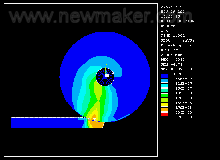
pressure casting The essence is under high pressure, so that liquid or semi-liquid metal at a higher speed filling die-casting (die-casting mold) cavity, and under pressure molding and solidification to obtain the casting method.
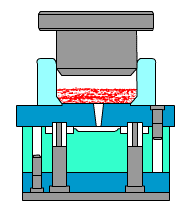
low pressure casting A casting method in which liquid metal fills a mold and solidifies into a casting under the action of a low-pressure gas. Low pressure casting was originally mainly used for the production of aluminum alloy castings, and later expanded its use to produce copper castings, iron castings and steel castings with high melting point.
Source: China Forging Network
Disclaimer: This article is reproduced on the Internet and is copyrighted by the original author. Only indicate the source of reprint, such as the wrong source, involving copyright issues, please contact us, we will be the first time to negotiate copyright issues or delete the content. The content is the original author's personal opinion and does not mean that this public number is responsible for its authenticity.
Summary of Common Metal Forming Process
2023-10-12









